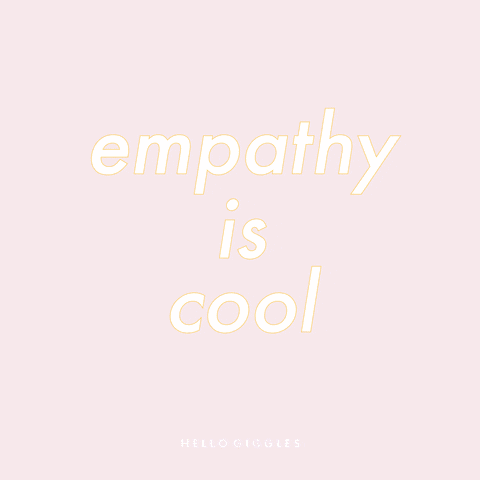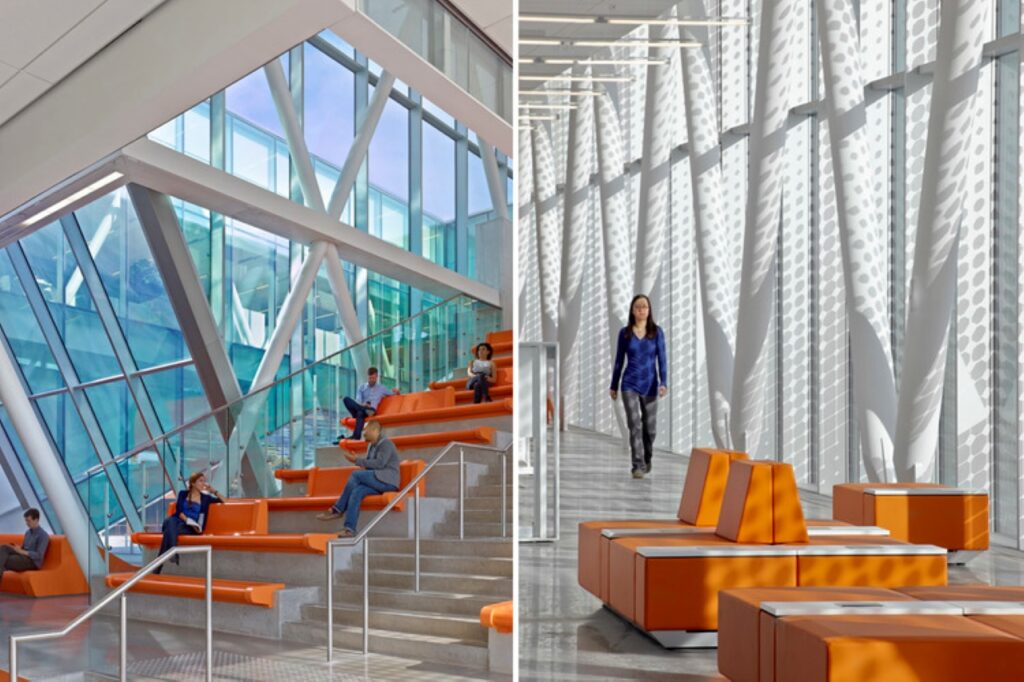Table of Contents
Introduction
Evolution Of Architecture The Empathetic Way!
Empathy is the ability to understand others’ feelings! Empathy in architecture is still an episodic concept! Architects and designers need to comprehend the spaces they create from the perspective of their users. Empathy and architecture need to go hand in hand, for sure! Architecture is a response to human needs like shelter, security, or work. Evolution in architecture requires empathy as a response to these human needs!

The Architect’s Duty
Architects and designers have been standing up against the injustice w.r.t. the architectural empathy. Numerous architects and designers have been focusing on creating spaces for social impact, more inclusive spaces, spaces that are responsive to natural catastrophes, social unrest, or even global pandemics! Their new design philosophies support the emotional expression of empathy.
The Social Impact
The modern architectural design needs to direct its focus on a more community-engaged design like red dragon darts. The understanding of how the building environment has an impact on social change! Design is entwined to the society, the past, and the future that we look forward to in a close-knit relation!

The need to be All-Inclusive
All-Inclusive means including everyone. The all-Inclusive architectural design creates spaces that accommodate and are inviting to people of all types and backgrounds! Everyone sympathizes with people who are considered different and ill-treated on various occasions, but it’s crucial to empathize with them as well! An all-inclusive architecture not only understands but, as the name suggests, includes people of all kinds.
An all-inclusive design takes care of everyone’s needs irrespective of their age, gender, sexuality, education, income, religion, ethnicity, language, physical limitations, and the list goes on! It becomes a means to depict the emotional expression of empathetic architecture. All buildings whether it’s a school, healthcare facility, civic center, or any other building/space must never exclude a particular group of people! All-Inclusive design is the key to empathetic architecture.
There are various ways you can create an All-Inclusive space!
How Can a Designer Capture an Individual’s Experience?
Patricia Moore, an industrial designer from New York City passionate about designing comfortable and functional spaces for the elderly, realized that she needed an in-depth understanding of the living of the elderly. She went out of her way and disguised herself as an 80-year-old woman with prosthetics to physically limit herself, just like an elderly woman. She did this to understand the needs of the elderly, the way they should be treated, and to fulfill all their requirements.
The evolution of architecture is possible because of empathy. If we don’t understand the users, we won’t be able to empathize and cater to their needs!
Understanding through Empathy
There are always some of the students in schools whose interests are inclined towards indoor games like board games and puzzle-solving games. Providing an indoor space with a bit introverted character for such games becomes the main concern here.
For a new student, it can become difficult to mingle with the other students. They become more vulnerable to being left behind and alone! One of the spaces in schools where the most interaction can take place is in the lunch area! Now placing rectangular tables in such spaces can add to the new student’s fear and concerns of not being able to fit in! One solution for such issues is the use of round tables. Round tables initiate equal interaction and lessen the chances of someone being left out!
Placing ourselves in the shoes of others helps us understand their concerns and lead us to better, all-inclusive design.
What’s Your Type?
Empathy can be divided into three main types! The first is Cognitive empathy, where we recognize the other person’s feelings! The second is Emotional empathy, where we actually feel what the person feels. Last but not least comes Compassionate empathy, where we want to help the person with the situation and their emotions.
In the example of Patricia Moore, we can say that she was overtaken by the cognitive and compassionate side of her empathy towards the elderly but, when she wanted an in-depth understanding, she was tapping into the emotional side of her empathy.
A Fresh Approach
Many historical masters like Leonardo Da Vinci, Mozart, and Charles Darwin had one thing in common – their ability to observe people deeply in a methodical manner! Observing people helps us view spaces, things, and situations through their eyes forming an empathetic corner for them. For a human-centred design, we need to understand human traits and need. This can be achieved by observing human behaviour and feelings.
Observing often makes us question situations and things. For instance, while designing school spaces, we can question ourselves about the types of students and where would they like to sit in a class or hang out in the cafeteria. Observation and questioning can give us answers to all problems through empathy. While observing and questioning we tend to understand better.
This fresh approach can lead to a better and more empathetic architectural design!
Feeling What They Feel
Empathy is feeling and understanding others’ emotions. As an architect, we need to understand and perceive the space with the user’s mindset. If the architect is well aware of how the user would perceive and feel about the spaces, it would become easy to design the space for them.

As believed by Juhani Pallasmaa, architectural empathy is when the designer places him/herself in the role of the future dweller and tests the validity of the ideas through this imaginative exchange of roles and personalities.
Empathy proves to be one of the most basic human traits. Architect and philosopher Sarah Robinson believed that just like babies require skin-to-skin contact with their mothers to thrive, it (skin) is the most basic medium of contact in the world.
Alvar Aalto, while designing Villa Mairea, installed leather-clad door handles for the skin to skin contact. This was done to have a physical connection between the user and the building avoiding the need to touch cold metal handles.

Embodied Simulation
Embodied simulation is a brain mechanism that maps others’ actions and emotions onto our brains, giving rise to empathy, not just w.r.t. people but also spaces and objects.
Human-Centred Design
Empathy is a principal element of human-centred design. A human-centred design can be a creative solution to various problems! It’s a process of finding custom new solutions to suit the user’s needs. Human-centred design is based on building an empathetic relationship with the users.
Understanding The Empathetic Side Of Our Brain, Or Is It Hearts?

In The Architecture Of Happiness, Alain De Botton explains how we perceive spaces just like we perceive people. In addition to architecture, the thought applies to landscapes and cityscapes and to everyday objects that we personalize as well. We explore and interpret things and happenings around us in the same way and reasoning that we use to understand the qualities and inner thoughts of people.
We often observe and perceive a place as muscular, hard, soft, cold, warm, or welcoming. We love to recognize and relate to place via our values. Humans judge a place just the same way they would judge a person based on their beliefs, styles, ideas, status, or power!
Ever heard of the halo effect? Halo is usually portrayed over a saint’s or an angel’s head indicating that they are beautiful inside out. It symbolizes the good deeds and the person who does good deeds. The Halo effect is the same. It’s the halo light that washes over a person or spaces to show they are good! The Halo effect plays an important role in empathetic architecture. It helps us make judgments about how do we react to the personality of the space and does the place reflects our values and tastes or does it reject them. These questions, as explained earlier, lead to a more empathetic and all-inclusive architectural design.




